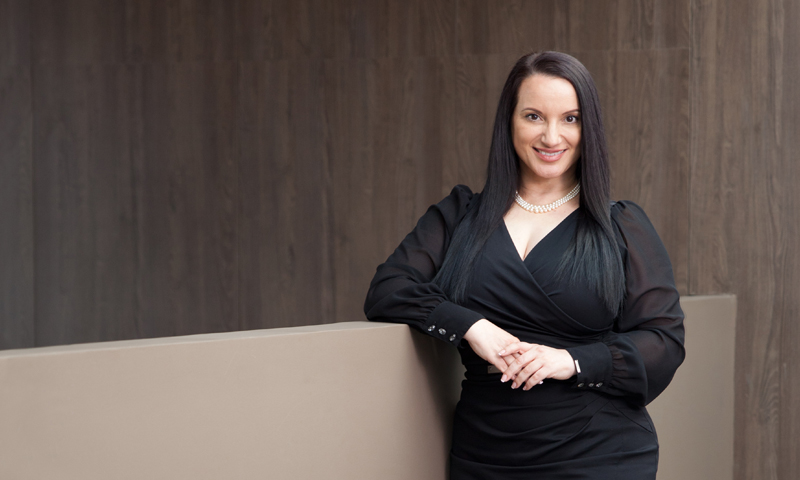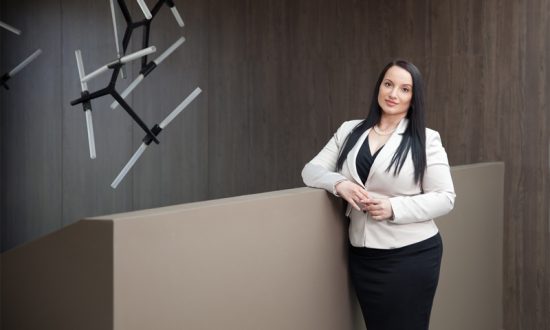It might have been the shape of the Moon or the Sun that inspired a prehistoric man to invent the wheel around 3,500 B.C. Surprisingly though, it had been first used by potters to create amazing artifacts before it was used in transport some 300 years later. In Ancient Greece, legendary artificer Daedalus used his design skills to lock a monster Minotaur in a complex labyrinth of walls. Leonardo da Vinci made unthinkable linkages between science and art in his sketches, inspiring both artists and scientists in centuries to come to invent machines that changed the course of history. The more recent times witness some innovators whose ground-breaking ideas and creative minds brought us technological delights, space explorations and scientific advances that are benchmarking Industrial Revolution 4.0.
So, we have been creative creatures for centuries before the first concept of STEM (Science, Technology, Engineering, Math) was introduced in schools. Why were art, creativity and design forgotten in this STEM square? Children’s skills to learn and deduct from observation, visualisation, tactile experiences and subjective interpretations provide a strong argument for transforming STEM education. The A, that is Arts, is Alpha for STEM. It brings virtue to it by empowering students to live their learning experiences and connect their emotions with scientific evidence. Thus, the STEAM concept is born, an upgraded and enhanced version of STEM. It scaffolds children to think outside the box and spice their problem-solving with a secret sauce of creative thinking.
Creative thinking: momentum for STEAM
According to the World Economic Forum, upskilling and reskilling in the next five years will be a global demand and creativity is one of the most important skills. In response to this trend, a large multidisciplinary PISA 2022 survey will be launched, aimed at determining the creative thinking skills level among 15-year-olds. It will place a greater emphasis on an individual’s malleable ability to generate new ideas, which brings creativity into correlation with problem-solving skills.
To think creatively, we generate ideas and let them incubate for a while. While they are cooking, they will get sprinkled with inspiration before the “a-ha!” moment known as illumination. With all these brilliant ideas in mind, we can now try them out and verify their application in reality.
The key to creative thinking are questions! “Copernicus, Galileo, and Kepler did not solve an old problem, they asked a new question, and in doing so they changed the whole basis on which the old questions had been framed”, holds Sir Ken Robinson, a fierce advocate for creativity in education. When asking questions, we should try putting different hats on, change our perspectives and create new solutions to situations, issues or problems.
We should use these hats to bring creativity to our teaching and illuminate new paths to learning. Here are some guidelines:
- Let students tap into intrinsic motivation. Assign them tasks that they like to do enthusiastically.
- Let students embrace their choice and own their learning.
- Provide scaffolding along the way. Empower students to match the challenge level to their ability level.
- Try to minimize distractions as this might help students focus on their learning.
- And finally, encourage metacognition.
Metacognition: think about thinking, learn about learning
Metacognition is often an overlooked component of learning, yet it empowers students to learn planning and goal-setting while monitoring their own progress. When challenged, they should put their hats on and assess the tasks, evaluate their strengths and weaknesses and plan how to proceed. While discovering alternatives to their learning strategies, they engage in creative thinking and let their ideas illuminate the path. The more freedom and support they get along the way, the more creative they grow.
Therefore, when creating tasks to foster metacognition, we have to think of how to balance challenge and skill levels. When we strike the right balance, the students are “in the state of flow”. They like what they do and they do it enthusiastically. They are happy, and happy students learn best. However, if a challenge level is set high and students struggle with their skills, then we create learning anxiety, which is obviously not good. On the other hand, if there is little challenge and students are quite skilled, they get bored.
It is, therefore, important to inspire students to “think about thinking” and “learn about learning”. Students process metacognition in various ways. Tacit students are unaware of learning and quite indifferent to acquiring new knowledge. Students who are aware of metacognition might use some strategies such as finding evidence or correlations, but their efforts are not deliberate or planned. Strategic students use higher-order thinking skills to generate creative alternatives, but they do not learn beyond good grades. Reflective students go a step further. They are curious, inquisitive and understand the value of evaluation and adaptation. They ask new questions and think outside the box.
We want to inspire students to think about ways to bring about creativity and creative thinking. We want them to reflect on how to own creative ideas and follow their flow. Here are some ideas how to do it:
- First of all, assign intrinsically rewarding tasks.
- Set clear goals and develop a sense of progress.
- Make sure to provide clear and immediate feedback.
- Allow students to own their learning and understand how a personal control or agency affects the task.
- Help them understand what is going on and focus on how much they know now.
Metacognitive creativity: a perfect blend for STEAM
During the thinking process, we give our thoughts new perspectives through the incubation and illumination of ideas. By seeking inspiration in new ideas, our process of “thinking about thinking” gets a new dimension, and this is actually where metacognitive creativity is born. So, let’s go back to the metacognitive cycle and see what it looks like now with a creative thinking twist:
- Assess the task but with a state of flow in mind. Adjust challenge and skill levels to ignite intrinsic motivation and learning enthusiasm.
- Use the six hats to evaluate your tasks and give them various perspectives.
- Then plan by incubating and illuminating ideas. Don’t be afraid to let them swarm and buzz around.
- Use feedback when applying and adapt accordingly.
- Reflect on the progress and allow yourself to make mistakes. After all, they are part of the learning process.
About Dr Svetlana Belic Malinic

An educational thought leader, Dr Svetlana Belic Malinic has been inspiring teachers to experiment with new teaching approaches for more than 20 years. With a digital growth mindset and creativity, Svetlana has shaped educational trends in the region and ideated innovation at many levels.
Her creative ideas have been greatly appreciated in the wider academic community, putting her forward as a finalist for the Global Teacher of the Year Award, recipient of John Haycraft Scholarship for Classroom Exploration and author of many educational projects with deliverables at the state level.
Svetlana is an Academic Director at LINK Educational Alliance, where she shares her learning enthusiasm and professional expertise with educators from across the world. She is also a Cambridge Assessment Specialist and an accredited Cambridge PDQ Programme Leader, who advocates for the values of intercultural competence in international education.




